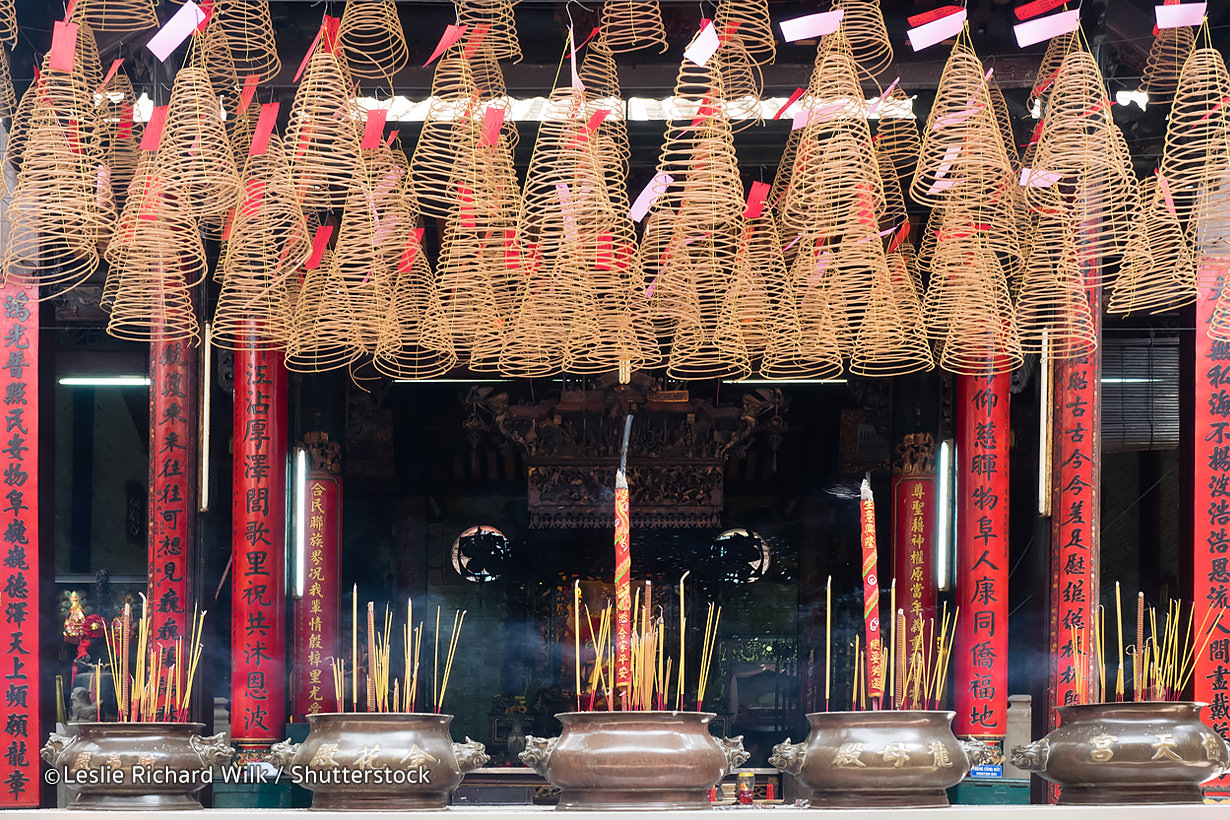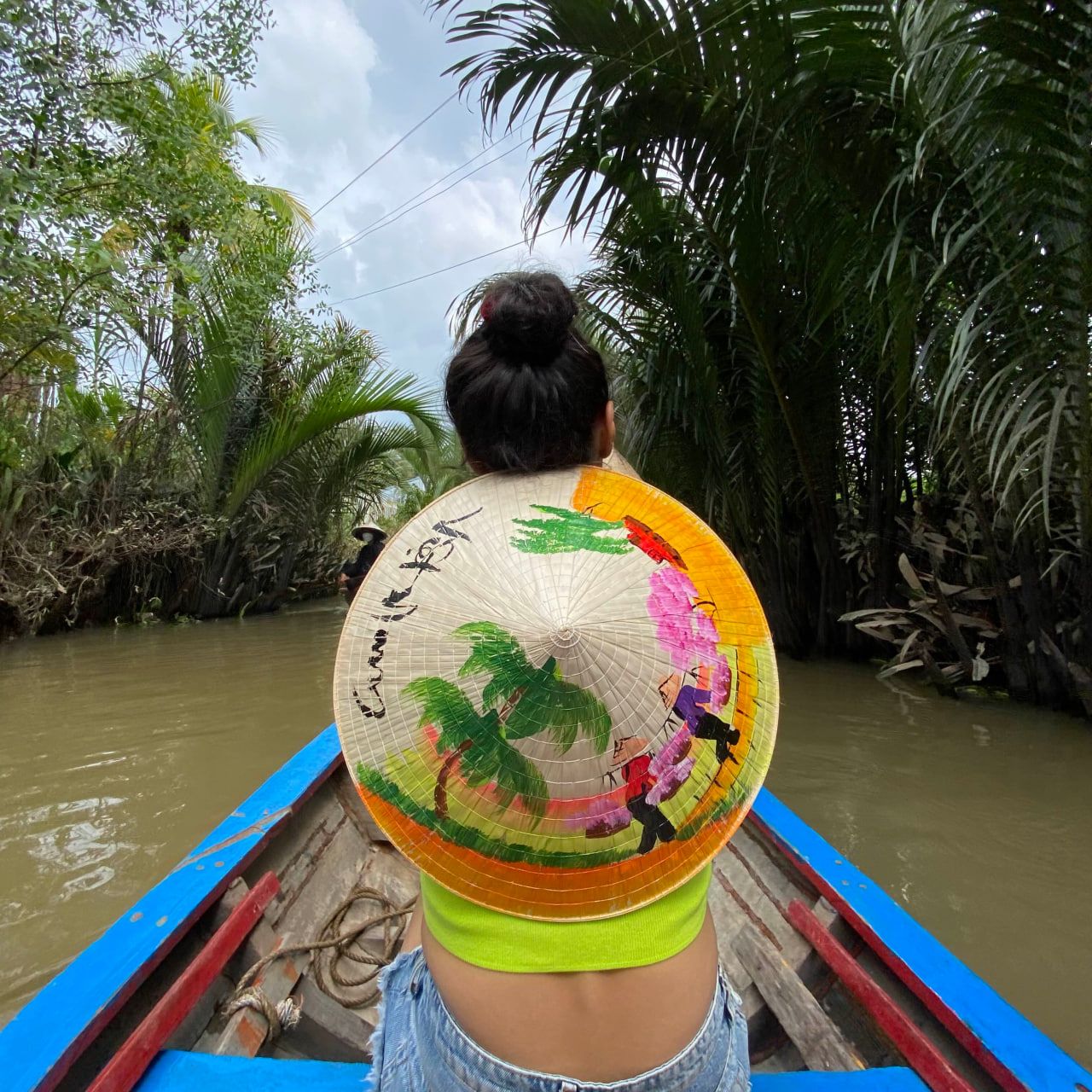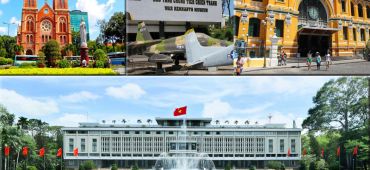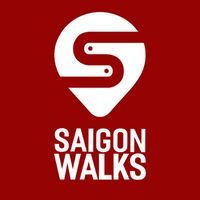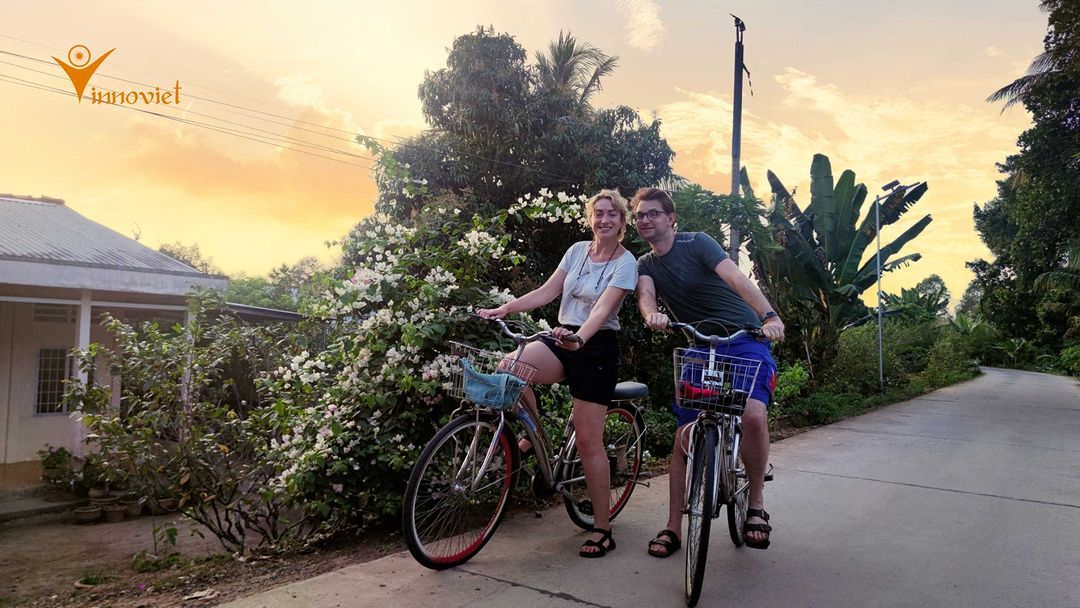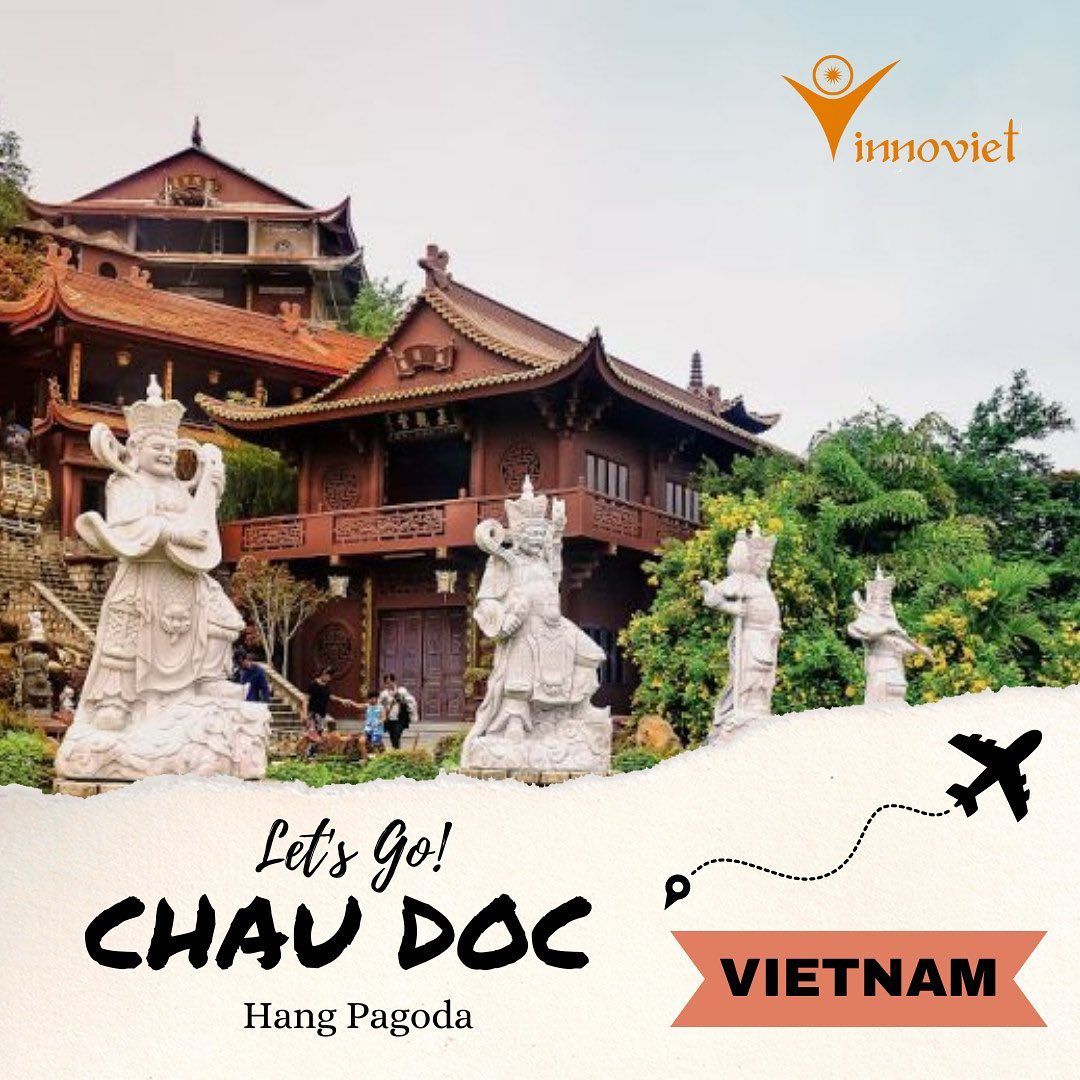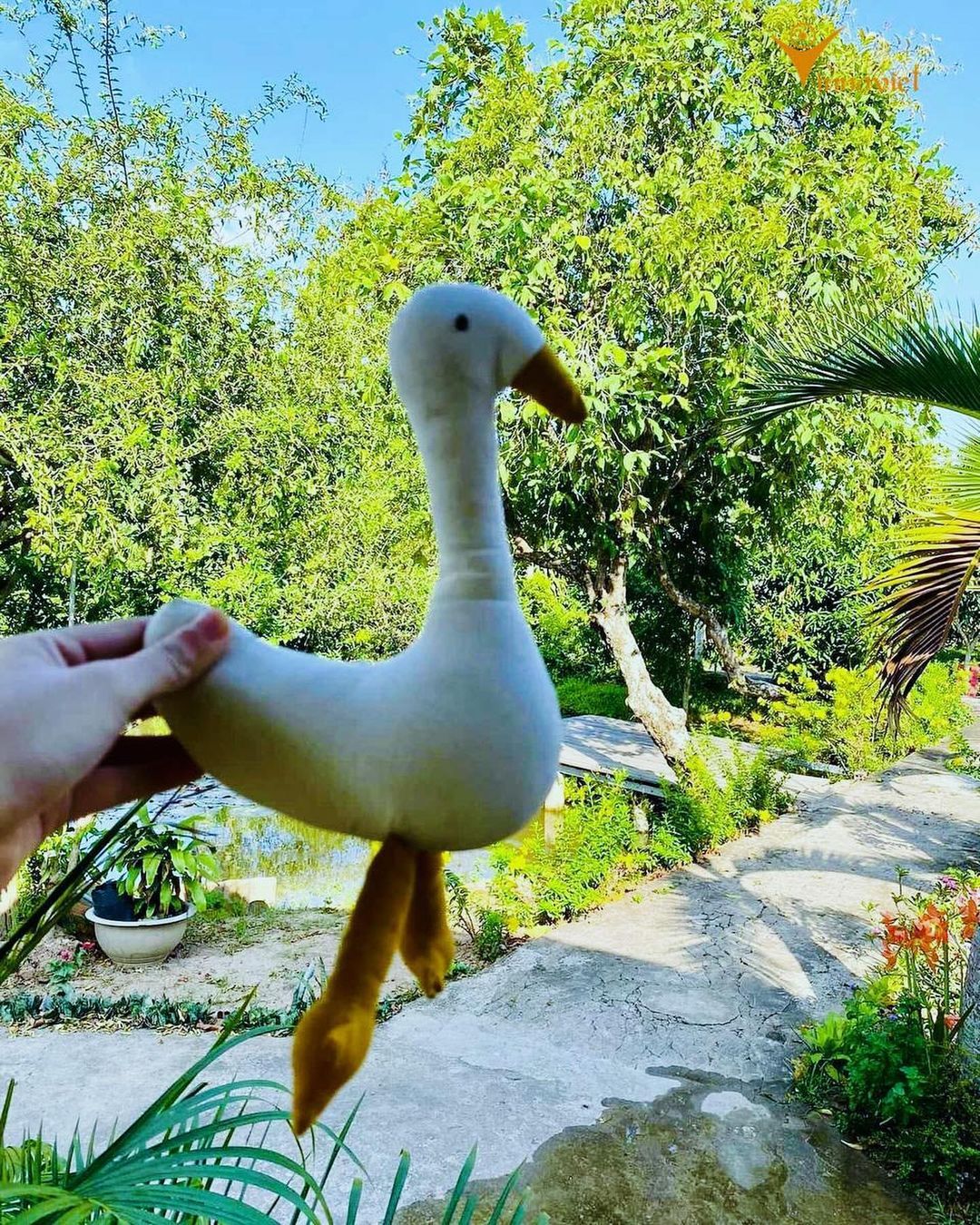Legend China Town, Saigon
If you love discovering local life and seeing the bunch of temples and pagodas but just have one day left in Saigon then what about Chinatown named Cholon in District 5 (around 5 km from district 1).
Literary means huge market, Cholon is the largest Chinese population along the country where you can find not only several spiritual elements as well as textile but also tons of stunning restaurants in town.
As a local guide, I want to show you some destinations to explore Chinatown within 1 day in this article.
1. Luc Ky Mi Gia
To kick start your morning, let get started with a big hot bowl of noodles soup called “Sui cao” or “Jiaozi” ( a kind of Chinese dumpling) at one of the best Chinese restaurants in town named “ Luc Ky Mi Gia”. The noodle soup consisting of chewy rice noodles with pork stock and toppings like dried shallot, spring onion, quail eggs, and shrimp served along with a full plate of herbs Hu Tieu has such a rich broth cooked. Otherwise, Jiaozi consists of a meatball and vegetables filling wrapped into a thinly rolled piece of dough. The dumpling then are steamed and usually eaten with a spicy soy sauce.
Address: No 3rd Nguyen An street, ward 11, district 5.
Suggest price : 45,000 – 60,000 / portion.
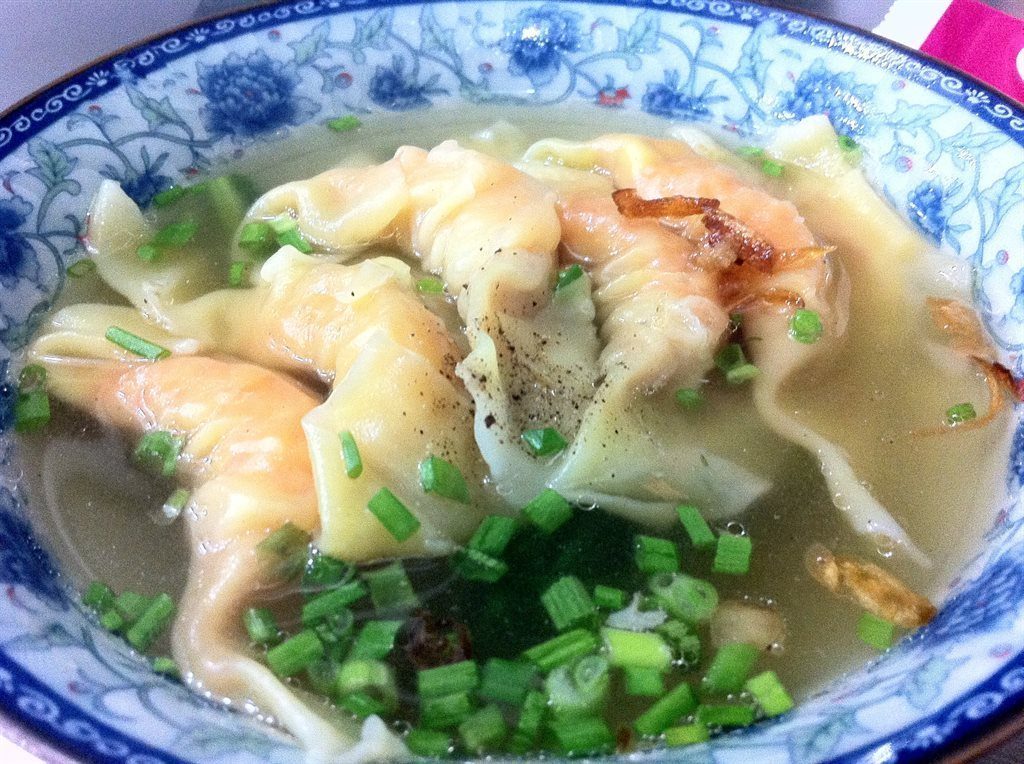
2. Thien Hau Temple
Around 200m away from the restaurant to the north located on Nguyen Trai street, Thien Hau temple emerged as the oldest of Chinese’s buildings remained today. The temple dedicated to “Thien Hau lady”, the Goddess of the sea was first built in 1760 by the Cantonese community in Saigon. The Goddess was supposed to save her family members from damage during the hurricane by using her spiritual power. The Chinese people at that time tended to be made up of seafarers who were grateful to receive the Goddess’s protection.
The interior of the temple is actually a partially covered courtyard, at the end of which is the altar to “ Thien Hau lady”. The pictures show scenes from a 19th-century Chinese city and include such colorful figures as actors, demons, animals, and Persian and European sailors and traders reflected on its major repairs and expansions through history.
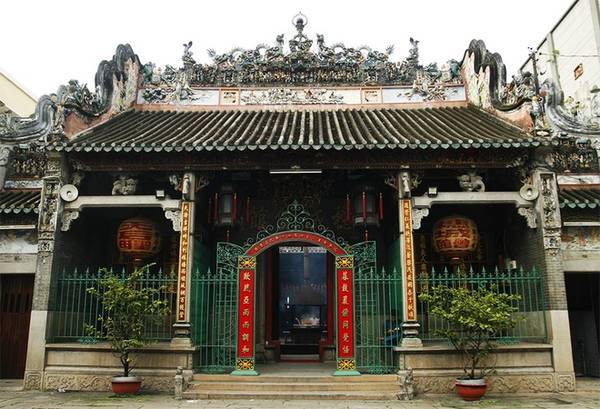
3. Chinese Alleyway
Right beside the Thien Hau temple is the narrow but bustle and hustle alleyway, where people just speak Cantonese. Step in the small alleyway, you start to see tiny houses with several generations living under one roof which have more altars than people living in order to pray for the ancestor, Buddha, etc.
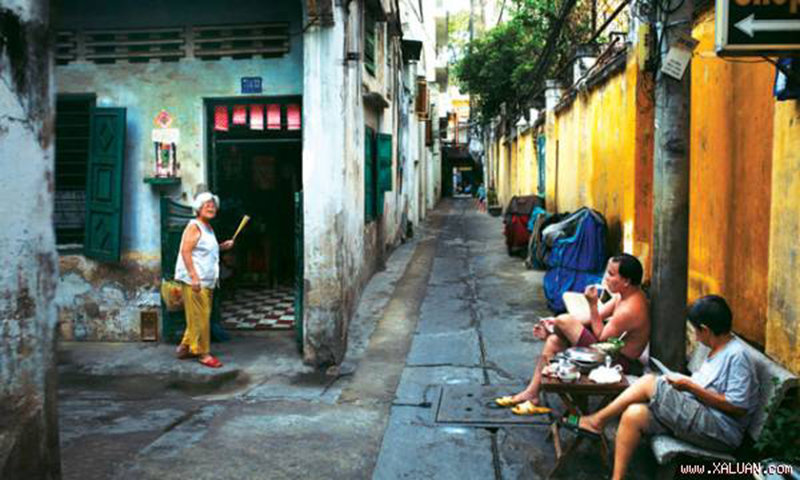
4. Lao Tu Street
Along the street, you will smell from incense sticks along the path as well as tons of suits, fancy cars, villas, Iphone X hanging on the tire and of course millions of dollars are available on sales.
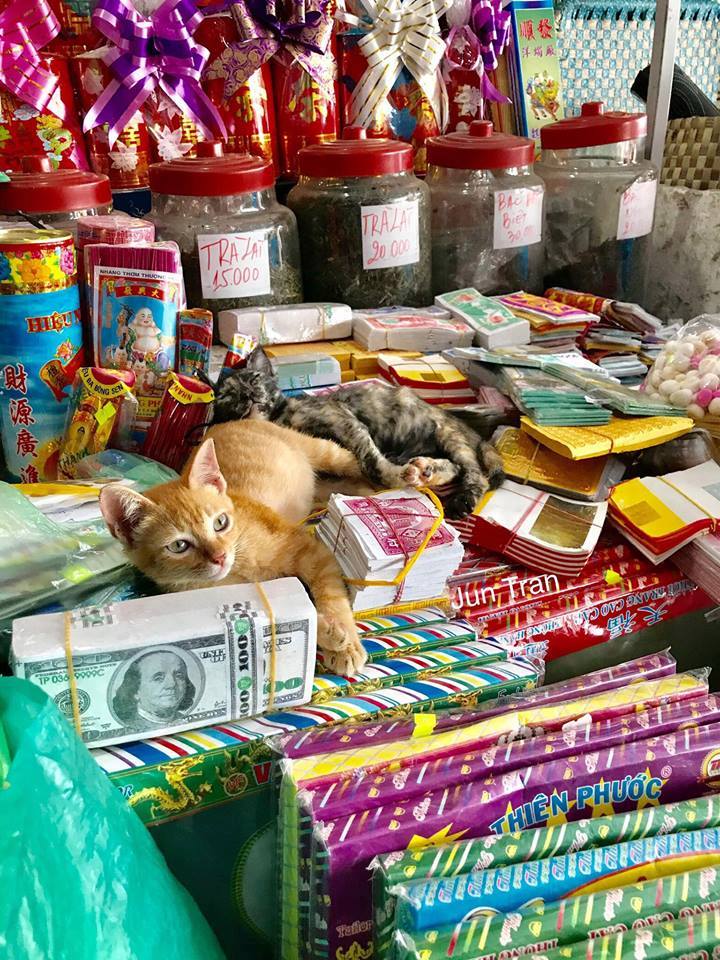
5. On Lang Pagoda
Known as Quan Am pagoda in Chinatown is a Chinese style Buddhist pagoda located at 12 on Lao Tu street in District 5. Built in the 19th century by the Fujianese ( the community originates from a province located in southern China), the pagoda is dedicated to Guanyin ( Quan Am in Vietnamese), the Chinese Goddess of Mercy. The entrance to the pagoda across the street from the garden is through a small red gatehouse. Between the gatehouse and the pagoda building itself is a narrow courtyard. At both ends of the narrow courtyard are relief panels fashioned in the same style as the panels in the garden across the street.
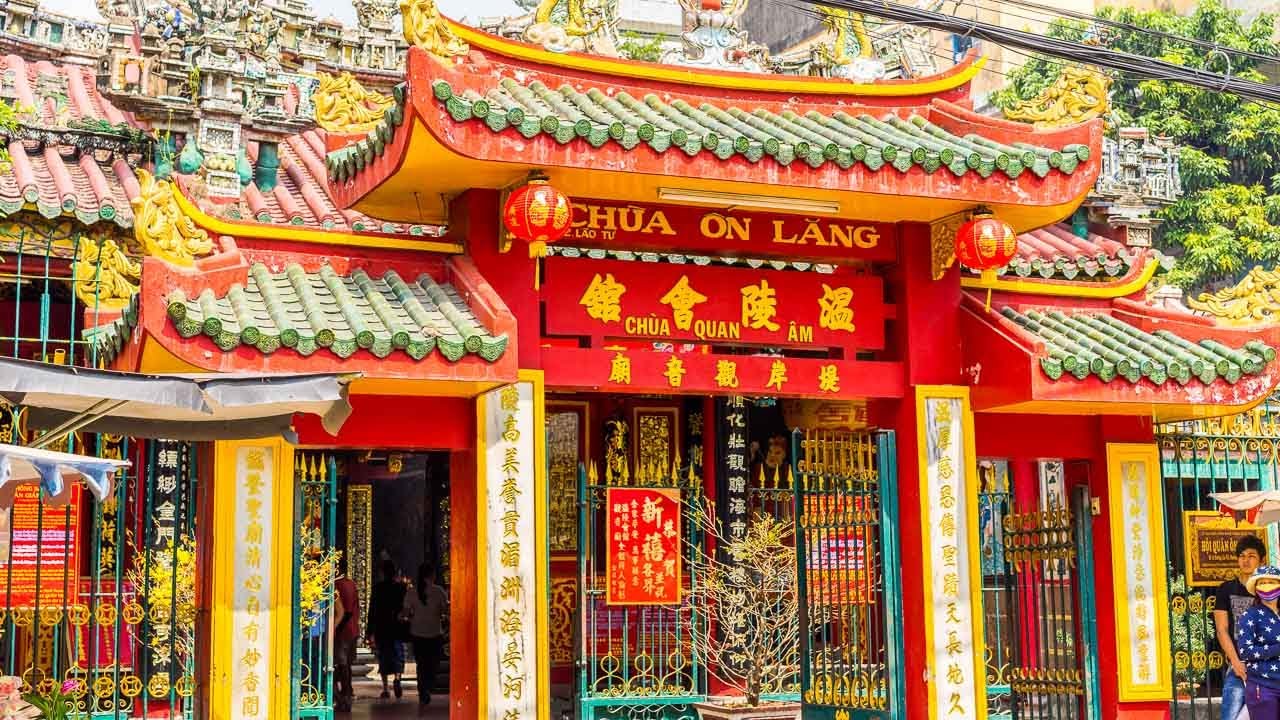
6. Minh Huong Gia Thanh Temple
“Minh Huong” is the name of a group of Chinese in the South of Vietnam. The name of the community Minh Huong is derived from the name of the dynasty that these people have lived: Ming. By the time the Qing Dynasty replaced the Ming Dynasty in China, political turmoil forced them to exile in Southeast Asia, including Vietnam. In the late 18th century a communal house built by many Chinese was erected, where worshipers and dignitaries had their place of work. The communal house then called Minh Huong Gia Thanh. Nowadays the house welcomes all people in town to discover the history of the community and see the great combination of Vietnamese and Chinese culture throughout history.
Here is the short video about Chinatown.

